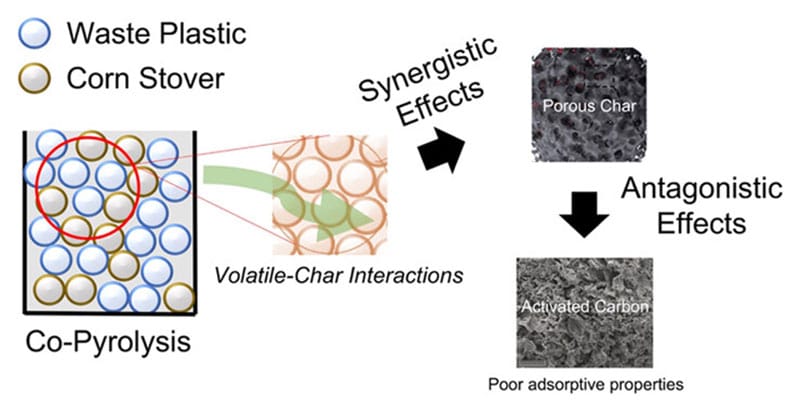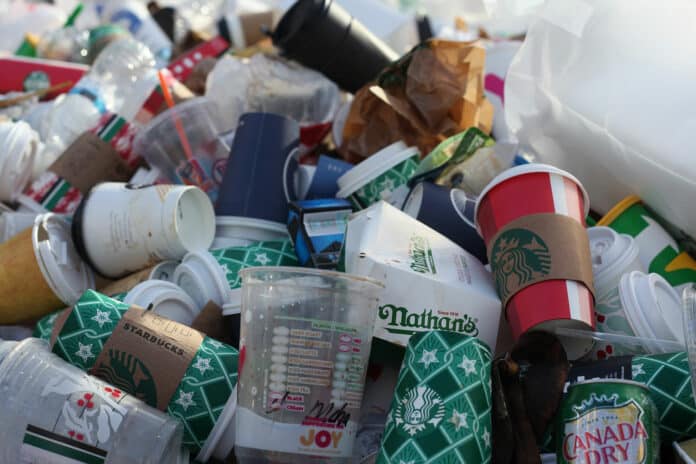Plastic is inexpensive, lightweight, and incredibly versatile, with properties that make it ideal for many applications. However, these qualities have also resulted in it becoming an environmental issue. Every year, hundreds of millions of tons of plastic waste is produced, which often winds up clogging streams and rivers and polluting our oceans.
Now, researchers at the University of California, Riverside, have moved a step closer to finding a use for this plastic waste. They have developed a method to convert plastic waste into a highly porous form of charcoal or char that has a whopping surface area of about 400 square meters per gram of mass.
According to researchers, this char formed from plastic waste captures carbon and could potentially be added to soil to improve soil water retention and aeration of farmlands. It could also fertilize the soil as it naturally breaks down.
The plastic-to-char process involved mixing one of two common types of plastic with corn waste – such as stalks, leaves, husks, and cobs that remain in the field after corn harvest. The mix was then cooked with highly compressed hot water, a process known as hydrothermal carbonization. The highly porous charcoal was produced using polystyrene or polyethylene terephthalate (PET).

The new study was based on the team’s previous research that described an energy-efficient way to use corn stover alone to make activated charcoal used to filter pollutants from drinking water. In the previous research, charcoal made from corn waste alone activated with potassium hydroxide was able to absorb 98% of the pollutant vanillin from test water samples.
In a recent study, researchers wanted to know if activated charcoal made from a combination of corn stover and plastic also could be an effective water treatment medium. If so, plastic waste could be repurposed to clean up water pollution. But the activated charcoal made from the mix absorbed only about 45% of vanillin in test water samples – making it ineffective for water cleanups, Kandis Leslie Abdul-Aziz, a UCR assistant professor of chemical and environmental engineering, said.
“We theorize that there could be still some residual plastic on the surface of the materials, which is preventing the absorption of some of these (vanillin) molecules on the surface,” she said. Still, the ability to make highly porous charcoal by combining plastic and plant biomass waste is an important discovery.
“It could be a very useful biochar because it is a very high surface area material,” Abdul-Aziz said. “So, if we just stop at the char and not make it in that turn into activated carbon, I think there are a lot of useful ways that we can utilize it.”
Journal reference:
- Mark Gale, Peter M. Nguyen, and Kandis Leslie Gilliard-AbdulAziz. Synergistic and Antagonistic Effects of the Co-Pyrolysis of Plastics and Corn Stover to Produce Char and Activated Carbon. ACS Omega, 2022; DOI: 10.1021/acsomega.2c04815
